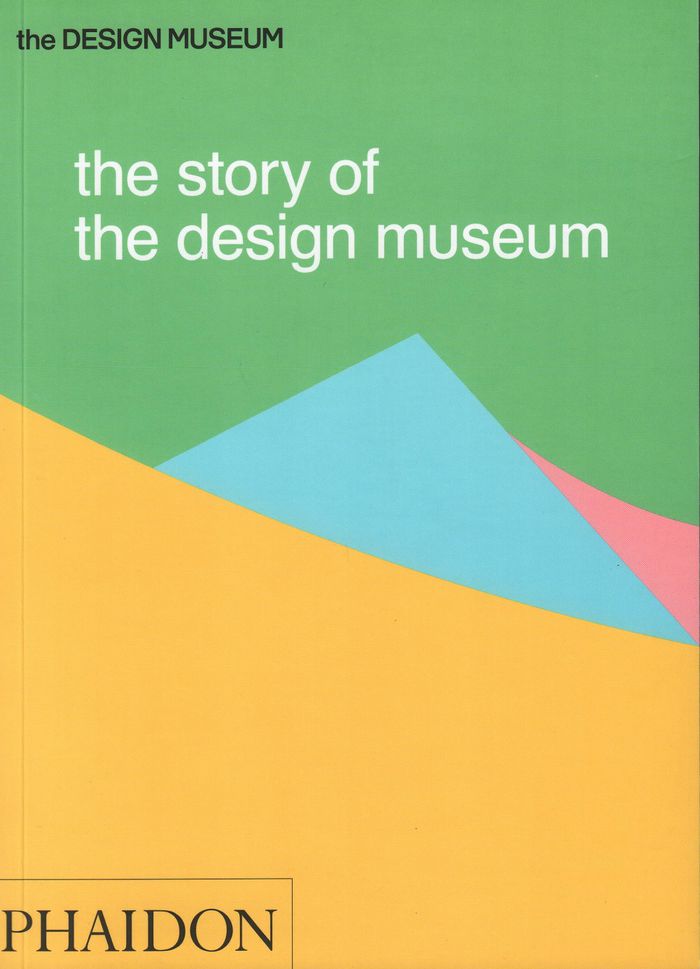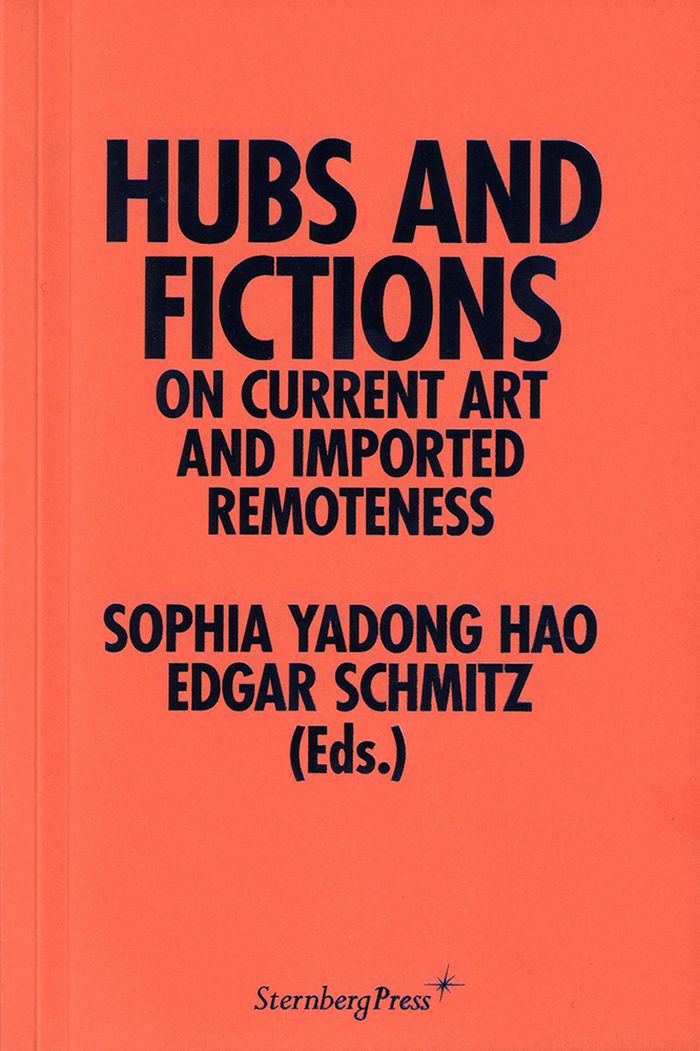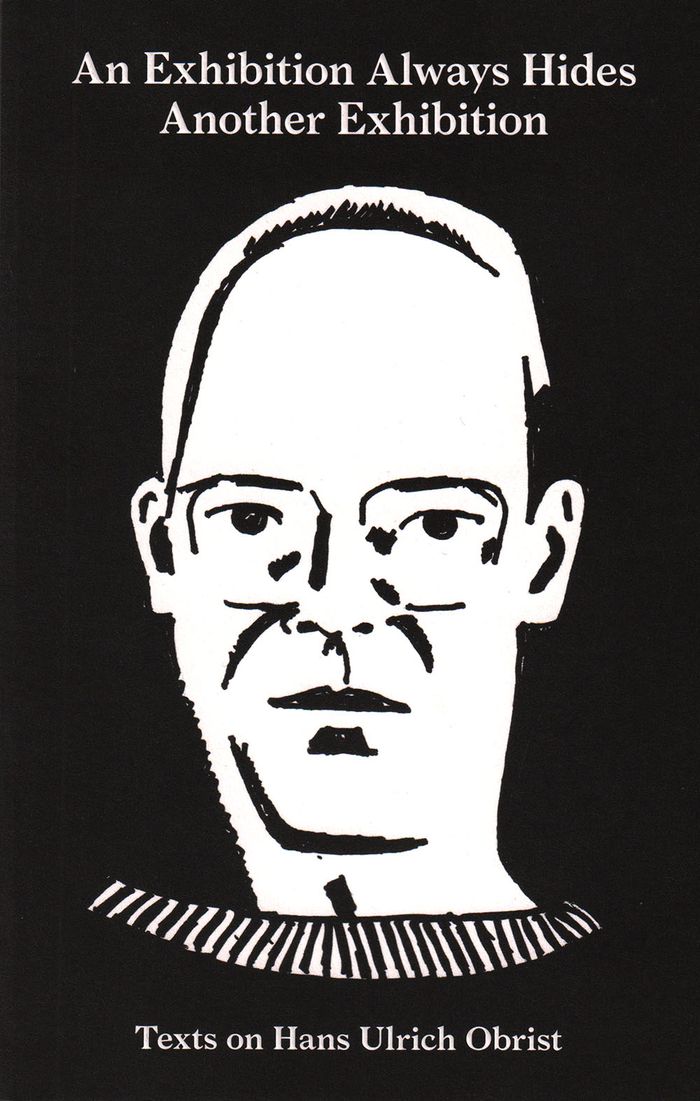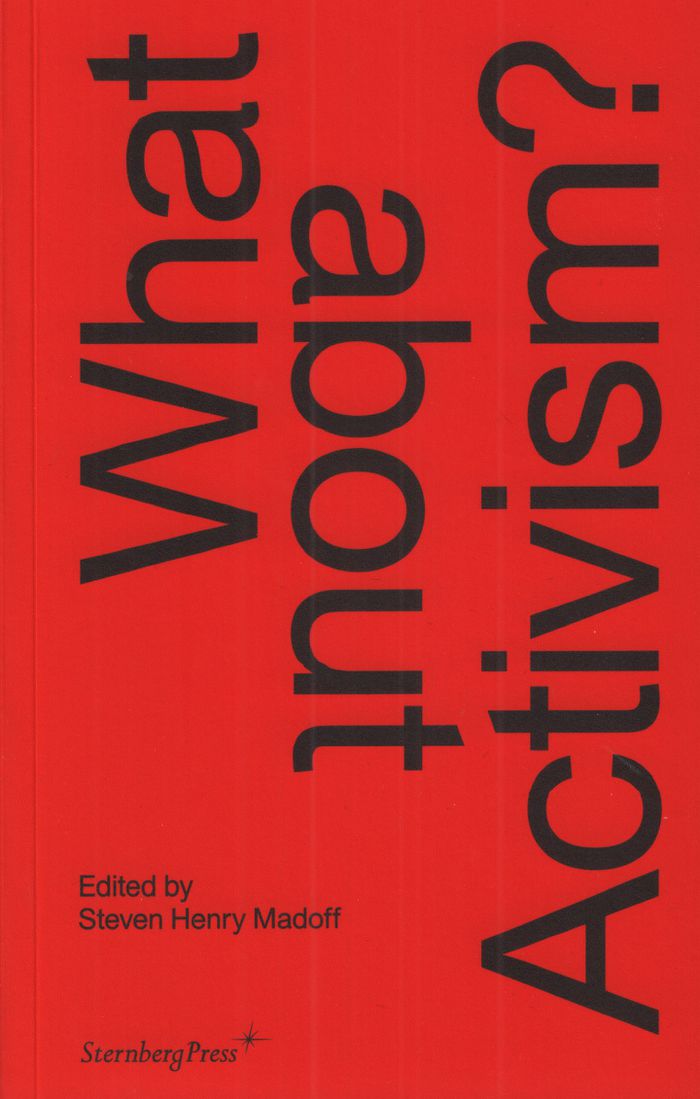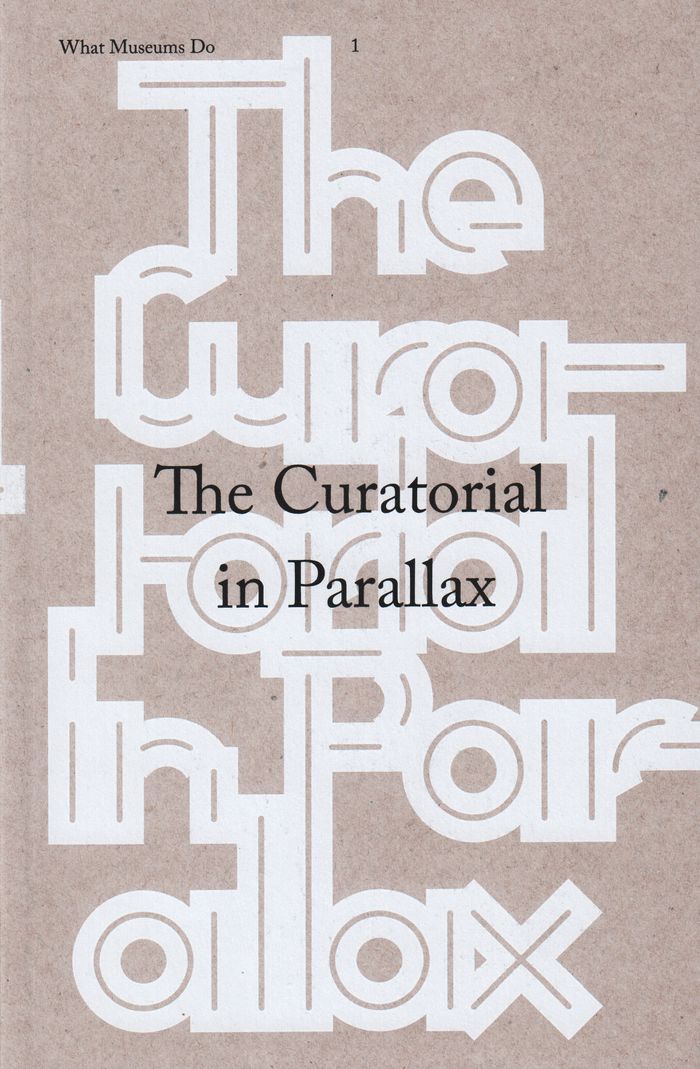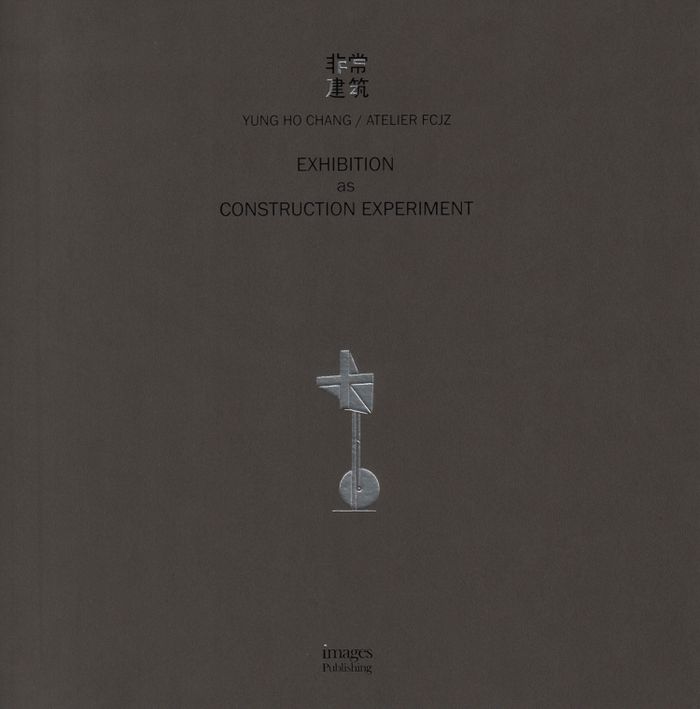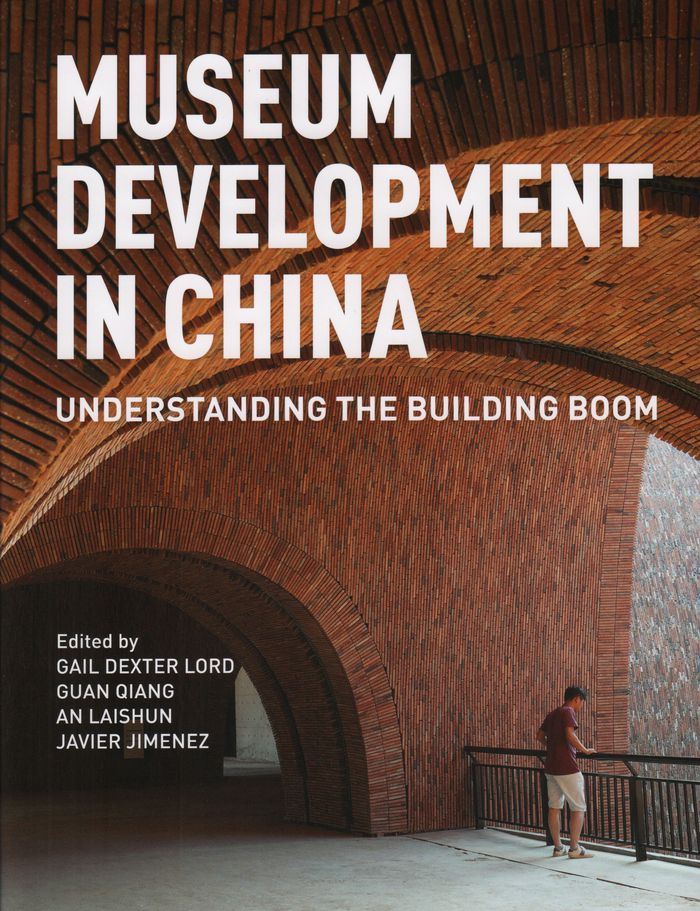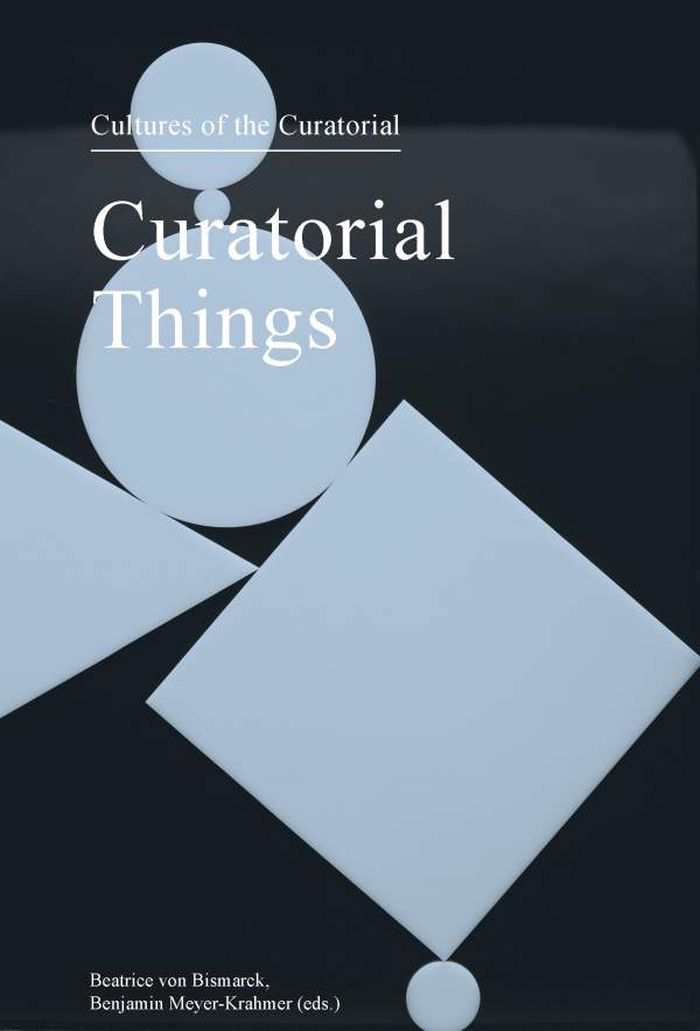$19.95
(available to order)
Summary:
London's Design Museum is entering an exciting period in its life as it prepares to move to the former Commonwealth Institute in Kensington. The Story of the Design Museum charts the story of the museum's life from its inception as the Boilerhouse Project to twenty-five years of groundbreaking exhibitions at Shad Thames. The book begins with a foreword by the founder of(...)
The story of the Design Museum
Actions:
Price:
$19.95
(available to order)
Summary:
London's Design Museum is entering an exciting period in its life as it prepares to move to the former Commonwealth Institute in Kensington. The Story of the Design Museum charts the story of the museum's life from its inception as the Boilerhouse Project to twenty-five years of groundbreaking exhibitions at Shad Thames. The book begins with a foreword by the founder of the Design Museum Sir Terence Conran, and concludes with an essay from the museum's architect, John Pawson, accompanied by stunning images of the iconic and newly renovated Commonwealth Institute Building, the museum's new home.
Museology
$64.95
(available to order)
Summary:
The museum is constantly a target for criticism, whether it comes from artists, thinkers, curators, or even the public. From the avant-gardes of the twentieth century up until our contemporary era, the museum s suspect position has generated countless gestures, iconoclastic actions, scathing attacks, utopias, and alternative exhibition spaces. For the first time, this(...)
The anti-museum - an anthology
Actions:
Price:
$64.95
(available to order)
Summary:
The museum is constantly a target for criticism, whether it comes from artists, thinkers, curators, or even the public. From the avant-gardes of the twentieth century up until our contemporary era, the museum s suspect position has generated countless gestures, iconoclastic actions, scathing attacks, utopias, and alternative exhibition spaces. For the first time, this anthology is devoted to the anti-museum, through anti-art, the anti-artist, anti-exhibition, as well as anti-architecture, anti-philosophy, anti-religion, anti-cinema and anti-music. This notion - unpatented but regularly reappropriated - traces the erratic, fractured, and sometimes paradoxical counter-history of the contestation of artistic institutions. From the first anti-exhibition to the first catalog retracing the history of "Closed Exhibitions" from Dada to Noise music, from "Everything is Art" to NO!art, the Japanese avant-gardes to Lettrist cinema, and not forgetting such major protest figures as Gustav Metzger, Henry Flynt, Graciela Carnevale, and Lydia Lunch, "The anti-museum" sketches a polyphonic panorama where negation is accompanied by a powerful breath of life.
Museology
$32.95
(available to order)
Summary:
Hubs and Fictions, originally a touring forum, invited international curators, writers, and producers to probe how fiction plays out in a globally distributed art-world ecology, and how infrastructures are invented against its background. In 2012, the forum was staged sequentially at Cooper Gallery (Dundee), Baltic Centre for Contemporary Art (Gateshead), Goldsmiths(...)
Hubs and fictions: on current art and imported remoteness
Actions:
Price:
$32.95
(available to order)
Summary:
Hubs and Fictions, originally a touring forum, invited international curators, writers, and producers to probe how fiction plays out in a globally distributed art-world ecology, and how infrastructures are invented against its background. In 2012, the forum was staged sequentially at Cooper Gallery (Dundee), Baltic Centre for Contemporary Art (Gateshead), Goldsmiths University of London, and operated as a satellite event to Edgar Schmitz’s exhibition “Surplus Cameo Decor,” curated by Sophia Yadong Hao at Cooper Gallery. The book functions as a deliberately discontinuous reader; it juxtaposes documents, negotiations, and reflections from and on these conversations. The publication also includes a preface by Andrea Phillips, a new image sequence by Schmitz, and a suite of reflexive annotations exchanged between Hao and Schmitz.
Museology
$32.00
(available to order)
Summary:
What does it mean to be HUO? What does it mean to be a curator? Is there anything less interesting to me (or you?) than selecting artists for exhibitions? In an era of, let's call it, “boutique” art shows, the issue seems about as relevant as Diet Coke. But if anything, Hans is the Real Thing. Hans is Coca-Cola. In this book you'll find personal, anecdotal remarks on(...)
An exhibition always hides another exhibition: texts on Hans Ulrich Obrist
Actions:
Price:
$32.00
(available to order)
Summary:
What does it mean to be HUO? What does it mean to be a curator? Is there anything less interesting to me (or you?) than selecting artists for exhibitions? In an era of, let's call it, “boutique” art shows, the issue seems about as relevant as Diet Coke. But if anything, Hans is the Real Thing. Hans is Coca-Cola. In this book you'll find personal, anecdotal remarks on HUO's character, republished texts, and portraits (by artists including Alex Katz) that give context to the questions that frame the book: “Who is HUO?” and “What does HUO do?” More so, “What has he done?” If the art world were to seek out a supreme leader who was benevolent, kind, and fair, HUO would be it.
Museology
$46.50
(available to order)
Summary:
This volume gathers and expands upon the results of the research project "Theater, Garden, Bestiary: A Materialist History of Exhibitions," held at ECAL/University of Art and Design Lausanne, and proposes a history of exhibitions sourced from a wide corpus reaching beyond the framework of art institutions. It undertakes a transdisciplinary history at the nexus of art(...)
Theater, garden, bestiary: a materialist history of exhibitions
Actions:
Price:
$46.50
(available to order)
Summary:
This volume gathers and expands upon the results of the research project "Theater, Garden, Bestiary: A Materialist History of Exhibitions," held at ECAL/University of Art and Design Lausanne, and proposes a history of exhibitions sourced from a wide corpus reaching beyond the framework of art institutions. It undertakes a transdisciplinary history at the nexus of art history, science studies, and philosophy, exploring the role the exhibition played in the construction of the conceptual categories of modernity, and outlines a historiographical model that conceptualizes the exhibition as both an aesthetic and an epistemic site.
Museology
What about activism?
$35.00
(available to order)
Summary:
With the global rise of a politics of shock driven by authoritarian regimes that subvert the rule of law and civil liberties, what paths to resistance, sanctuary, and change can cultural institutions offer? What about activism in curatorial practice? In this book, more than twenty leading curators and thinkers about contemporary art present powerful case studies,(...)
What about activism?
Actions:
Price:
$35.00
(available to order)
Summary:
With the global rise of a politics of shock driven by authoritarian regimes that subvert the rule of law and civil liberties, what paths to resistance, sanctuary, and change can cultural institutions offer? What about activism in curatorial practice? In this book, more than twenty leading curators and thinkers about contemporary art present powerful case studies, historical analyses, and theoretical perspectives that address the dynamics of activism, protest, and advocacy.
Museology
$48.00
(available to order)
Summary:
Research is of paramount importance as a fundamental basis for everything that museums do. This publication engages with the diverse viewpoints of authors in the vanguard of theoretical discussions and curatorial practices, mapping out the multiplicity of endeavours to reform and transform research in relation to the art museum. From new theoretical models and specific(...)
The curatorial in Parallax (what museums do 1)
Actions:
Price:
$48.00
(available to order)
Summary:
Research is of paramount importance as a fundamental basis for everything that museums do. This publication engages with the diverse viewpoints of authors in the vanguard of theoretical discussions and curatorial practices, mapping out the multiplicity of endeavours to reform and transform research in relation to the art museum. From new theoretical models and specific forms of practice-based investigation and knowledge production, to the potential for change by the very dynamics of research, it shows that the concept of the curatorial is constantly shifting.
Museology
$67.50
(available in store)
Summary:
When architecture is the subject of an exhibition, there is almost always a dilemma: architecture can only be represented through drawings, models, and photographs; the physicality of architecture per se is missing. The abstraction of architecture for exhibition and the absence of architectural experience in architectural exhibition are in fact two sides of the same coin:(...)
Exhibition as construction experiment
Actions:
Price:
$67.50
(available in store)
Summary:
When architecture is the subject of an exhibition, there is almost always a dilemma: architecture can only be represented through drawings, models, and photographs; the physicality of architecture per se is missing. The abstraction of architecture for exhibition and the absence of architectural experience in architectural exhibition are in fact two sides of the same coin: The problem of the lack of an architectural reality. In this book, Yong He Chang traces the history of architectural intervention in exhibitions and answers the above questions through more than forty exhibition designs made by Chang and Atelier FCJZ.
Museology
$64.00
(available to order)
Summary:
The growth of the number and scale of Chinese museums in the 21st century, from about 1,400 at the turn of the century to over 5,000 to date, reflects the government’s Museum Development Plan for 2011-2020 to open one museum per 250,000 inhabitants, with the goal of attracting one billion visitors at the end of the decade. What are the motivations for the rapid(...)
Museum development in China: understanding the building boom
Actions:
Price:
$64.00
(available to order)
Summary:
The growth of the number and scale of Chinese museums in the 21st century, from about 1,400 at the turn of the century to over 5,000 to date, reflects the government’s Museum Development Plan for 2011-2020 to open one museum per 250,000 inhabitants, with the goal of attracting one billion visitors at the end of the decade. What are the motivations for the rapid development of museums in China? How is the public responding? Who pays for these museums and how? What has been the impact of china’s urbanization? How do Chinese museums balance education, scientific research, social cohesion, cultural diplomacy and tourism both internal and external? These are issues that continue to be discussed and debated among western museum professionals in the context of our 200 - year history of modern museology. How are these debates evolving in China, which has its own history of museology over that same period from colonialism to communism and from isolation to opening up to the world?
Museology
$30.00
(available to order)
Summary:
The meaning, function, and status of things have changed decisively over the past two decades. This development can be traced back to a growing skepticism since the second half of the twentieth century that culture can be presented through things. The questioning of thingness is an integral part of presentation and has informed and shaped the social relevance of the field(...)
Curatorial things: cultures of the curatorial 4
Actions:
Price:
$30.00
(available to order)
Summary:
The meaning, function, and status of things have changed decisively over the past two decades. This development can be traced back to a growing skepticism since the second half of the twentieth century that culture can be presented through things. The questioning of thingness is an integral part of presentation and has informed and shaped the social relevance of the field of the curatorial. Immanent to presentation as a mode of being (public) in the world, the curatorial has the potential to address, visualize, and question the central effects of the changing status and function of things. The presentational mode has played a generative role, vitally participating in the mobilization of things through its aesthetic, semantic, social, and, not least, economic dimensions. Intertwining transdisciplinary discourses, transcultural perspectives, and methods of practice-theory, the anthology 'Curatorial Things' is a new orientation of the analysis of things.
Museology
